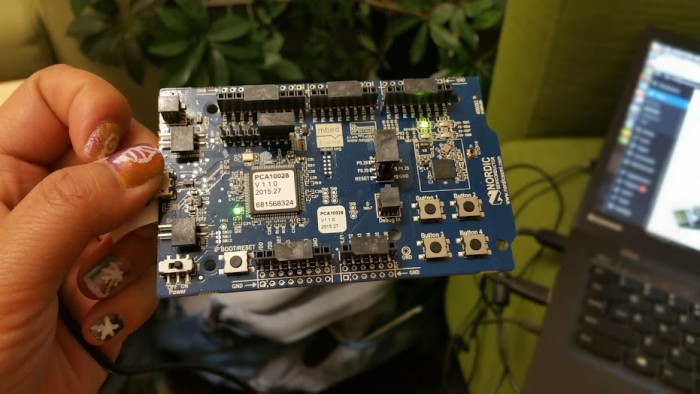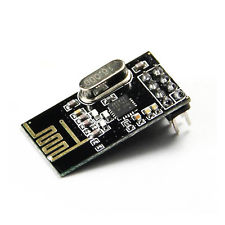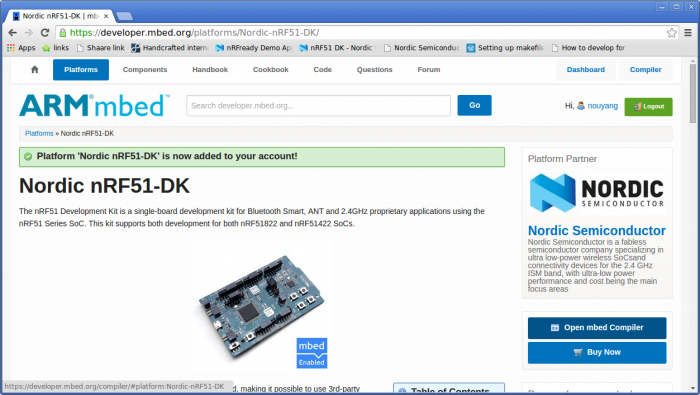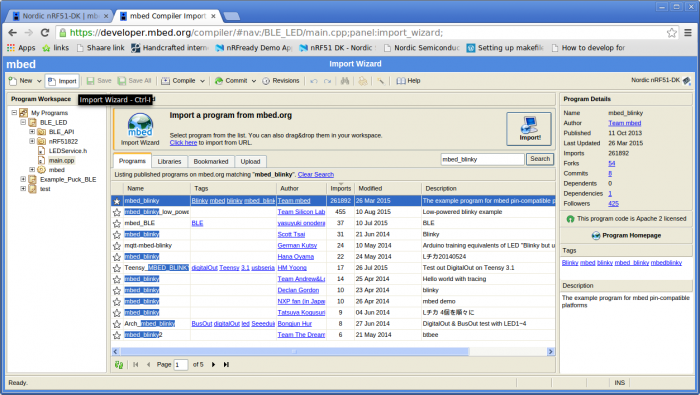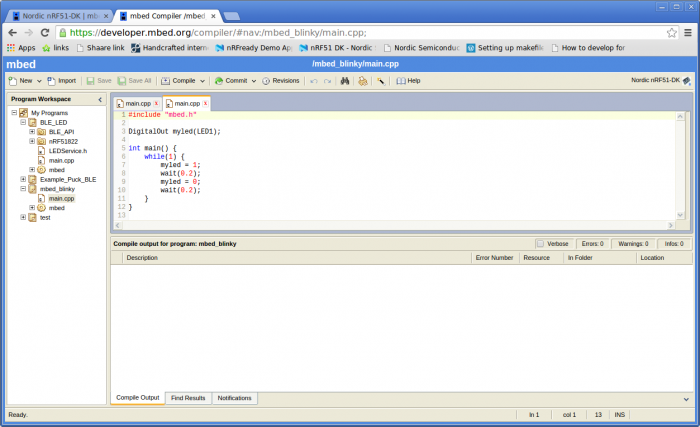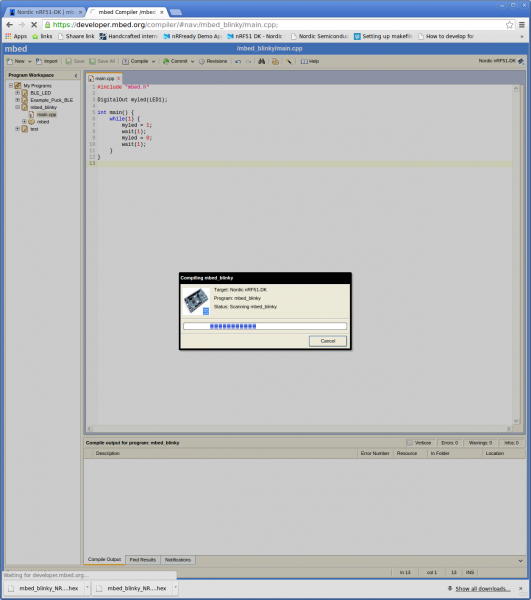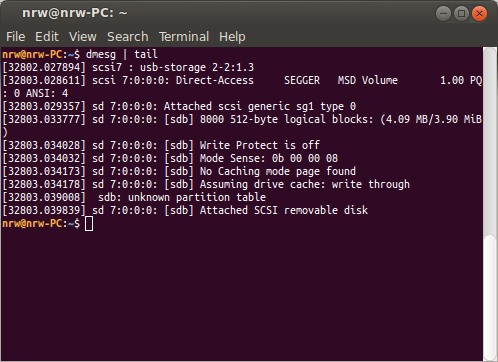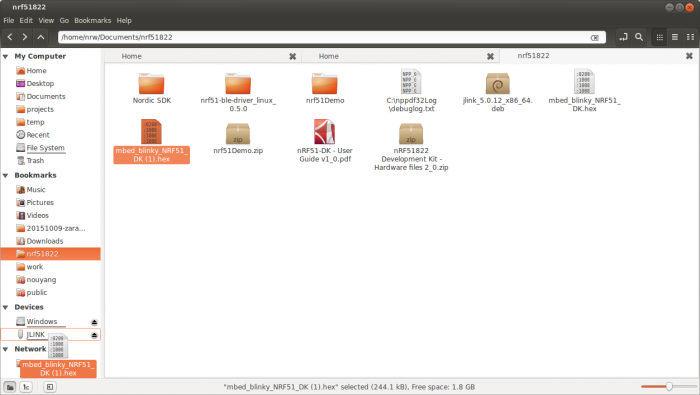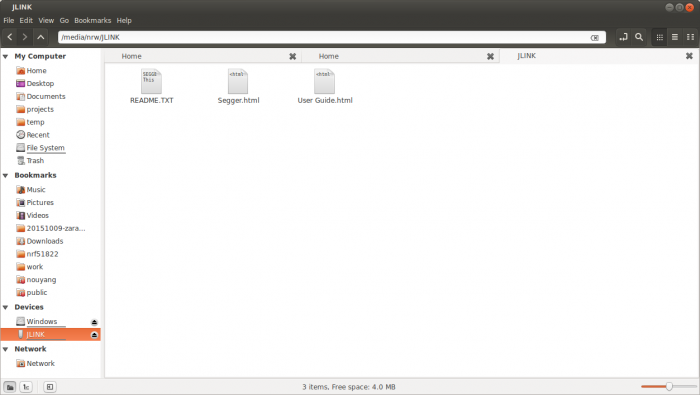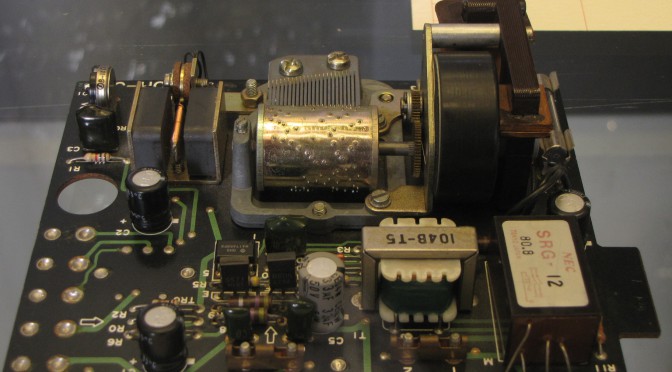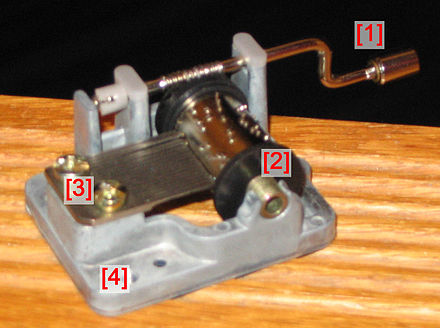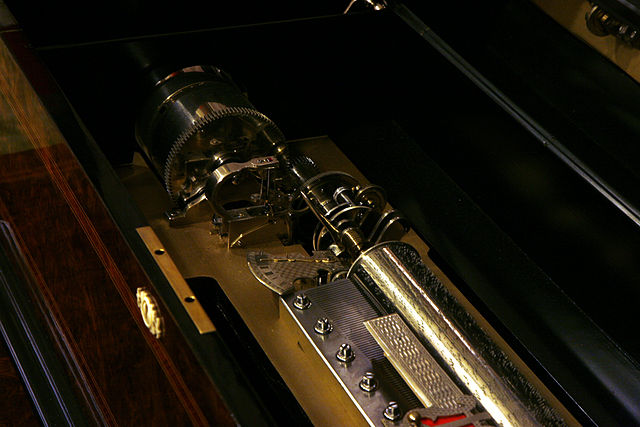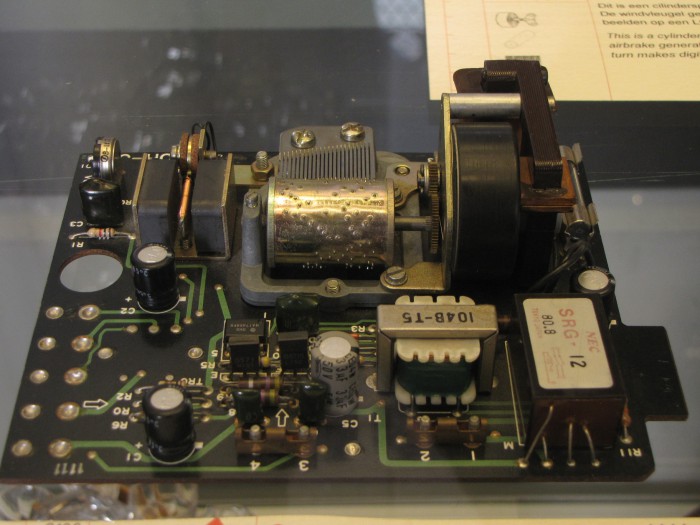Current plan: Find a venue for a pop-up shop, 2 to 5pm on Sundays, somewhere near Central Square or other t-stop (or somewhere a lot of people walk past). Danger!awesome community space, perhaps.
Have tshirts, jewelry, greeting cards, posters, framed art for sale. Work on projects while waiting for people to buy things or not.
Archived Thoughts
I want to open a little storefront in danger!awesome’s new community space, or at the least install a vending machine there. Who should I talk to that might take me seriously?
- last-minute hard-to-find locally things, such as
- standard engineering things
- arduinos & mcus
- composites (fiberglass, kevlar, carbon fiber, gallons of epoxy) / molding supplies (smooth-on)
- servos & hobbyking motors
- lipos & lipo chargers
- tiny taps and drill bits (always break)
- nylon things (inert)
- ferric chloride, acetone, MEK/P
- dremel bits
- sandpaper
- right-angle drills (probably for renting)
- personal protective equipment that fits for both men and women
- cheap small/medium leather gloves
- cheap small/medium tyvek suits
- a stock of respirators so people can try them on & see how it handles with their hair & learn how to put them on properly
- small/medium closed-toe boots / steel boots
- small/medium insulative coveralls
- safety glass buffing station
- fashion and craft things
- fondant, icing, glitter, matte nail polish, etc.
- Products from local engineers and makers, such as Brian Chan’s lasercut folding ukulele
More ideas
- customization
- dremel your name into your bike (anti-theft)
- anodize or hydrographically print on your wrench set, helmet, etc. so that it’s very obvious that it’s yours and people know to return it if they borrow it
- specialized tools
- watch a robot arm use machine vision to sort your drill bits for you
- place a bolt that you need to match on the countertop and we will (using machine vision?) identify size and thread count for you & give you the mcmaster number
- smooth-on supplies
- mini-museum of casting things
- consultancies
- trying to learn how to scale and source things in China? Visiting China and want to talk to manufacturers? Get cheap and questionable advice (possibly while doing your nails :P)
- where to source things and how to source them cheaply
- shop safety education (with lots of disclaimers that we are not doctors)
- have posters of what happens when you don’t treat epoxy respectfully
- get nitty gritty street knowledge on what you actually need to do to be safe and what bad outcomes are like and how to treat them — what are the trade-offs you are making with your safety when you don’t wear respirators, long clothes, etc. without judging you if for whatever reason you don’t
- teach people how to use respirators and pick the right cartridges so that the respirator is easy to use and doesn’t get in the way of glasses and safety glasses and long hair
- hubmotors & misc. segging things from china
- segstick buddy riding competitions
- food
- too annoying to get license perhaps… but
- could sell food molds: nyancat pancake molds, chocolate molds, etc. for birthday gifts
- cake decorating / cutting robots
- robot / geeky earrings and tshirts
- feminist apparel, greeting cards, jewelry, tshirts, dresses, scarves, hats, shoes
- menstrual cup advice and models

